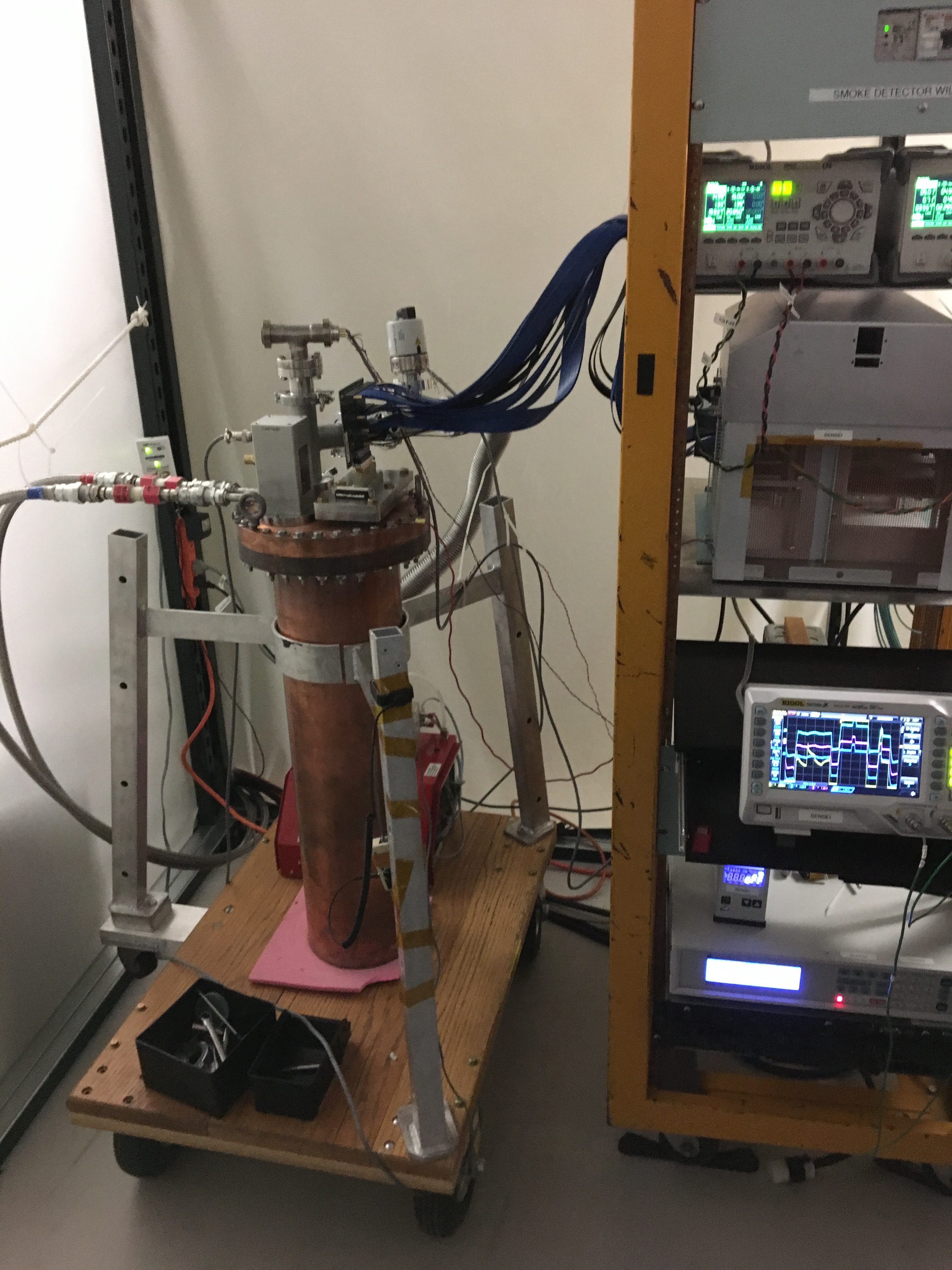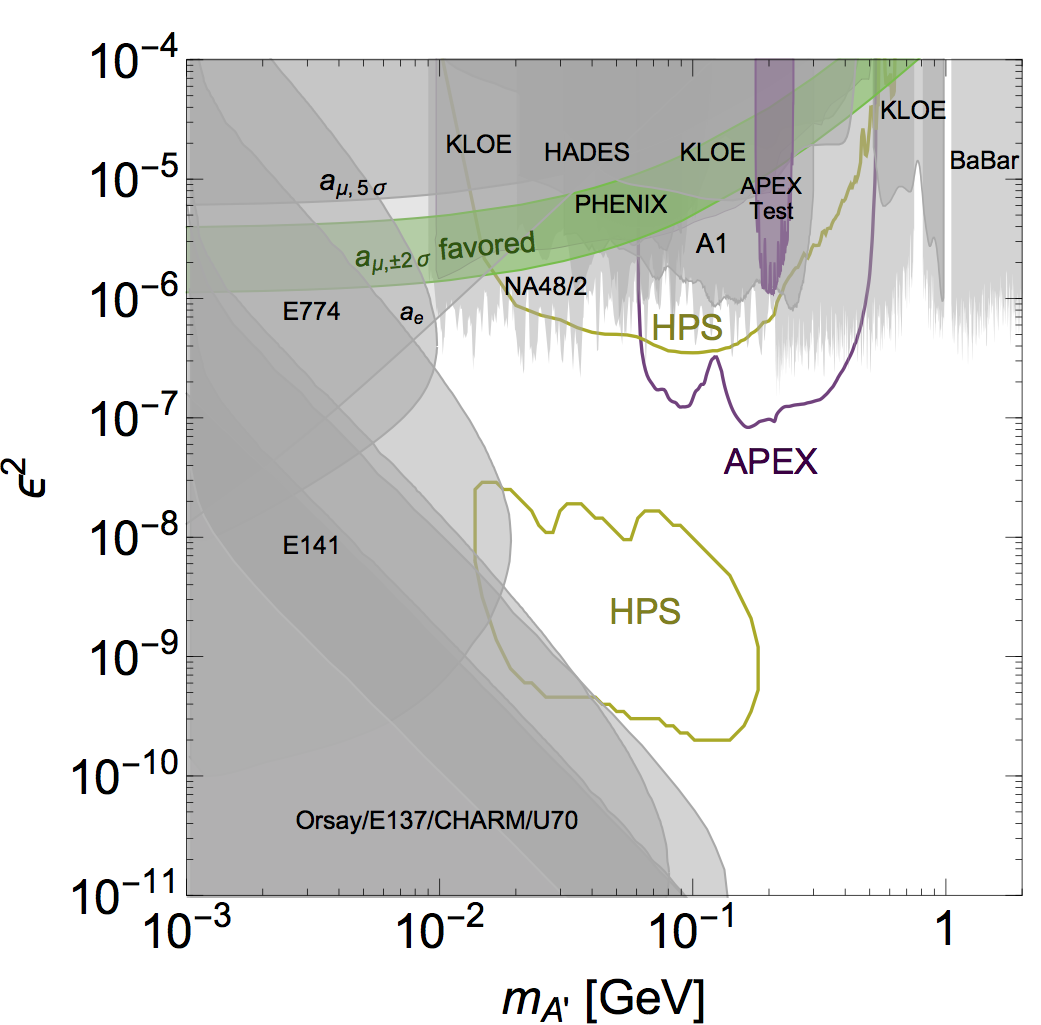Research Summary
I am a particle physicist. This means that I study the fundamental building blocks of matter (particles) and their interactions (forces), and how they shape our Universe.
My research focuses on the search for dark matter and other new particles beyond the Standard Model of particle physics, using tools that span various frontiers (theory, cosmic, energy, and intensity). I have helped pioneer several novel direct-detection concepts to probe dark matter below the proton mass and have been a leader in establishing this as a new research direction, which has attracted significant theoretical and experimental efforts. I have also been a leader in conceiving of fixed-target experiments to search for new forces, helping to spawn several new efforts. Although a theorist, I am co-leading or participating directly in several experiments searching for dark matter and new forces. I am also very interested in the question of how to probe dark matter if it does not have any interactions with ordinary matter.
I am collaborating with, or have collaborated with, a wide range of scientists, including particle and astroparticle theorists, particle and astroparticle experimentalists, astronomers, condensed matter theorists, AMO physicists, quantum information scientists, instrumentalists, theoretical cosmologists, and $N$-body dark matter simulators.
Most of my work is on particle theory , but below I describe in more detail some of the experiments that I am involved in.
Publications
For a list of publications, please see this link to spires. You can also take a look at my CV , which I update periodically.
Notable Awards
2021 -
New Horizons in Physics Prize
2020 -
Fellow, American Physical Society
2019 -
Simons Investigator
2015 -
American Physical Society's Henry Primakoff Award for Early-Career Particle Physics
2013 -
Alfred P. Sloan Research Fellow
2012 -
Department of Energy Early Career Award
Research-related links
Here are a few links to additional information:
Direct Detection of sub-GeV Dark Matter
Exotic Decays of the 125 GeV Higgs boson
Experiments motivated by my theoretical research
My experimental activities include:
SENSEI
 I am a co-spokesperson of the SENSEI Collaboration.
SENSEI (Sub-Electron Noise Skipper CCD Experimental Instrument)
is a new dark matter direct-detection experiment with unprecedented sensitivity to several types of
dark matter particles including dark-photons and axion like particles.
The target material consists of 100-grams of silicon charge-coupled device (CCD) with a novel readout -- a skipper CCD
(developed at Lawrence Berkeley National Laboratory MicroSystems Lab).
For the first time, the number of electrons in each pixel, across a large CCD consisting of
millions of pixels, can be counted precisely (see our paper here ).
This is irrespective if the pixel contains only zero or one electron, or if it contains more than 1000 electrons.
I am a co-spokesperson of the SENSEI Collaboration.
SENSEI (Sub-Electron Noise Skipper CCD Experimental Instrument)
is a new dark matter direct-detection experiment with unprecedented sensitivity to several types of
dark matter particles including dark-photons and axion like particles.
The target material consists of 100-grams of silicon charge-coupled device (CCD) with a novel readout -- a skipper CCD
(developed at Lawrence Berkeley National Laboratory MicroSystems Lab).
For the first time, the number of electrons in each pixel, across a large CCD consisting of
millions of pixels, can be counted precisely (see our paper here ).
This is irrespective if the pixel contains only zero or one electron, or if it contains more than 1000 electrons.
The skipper CCDs have several applications.
One particularly exciting application is to use them to search for dark matter
particles as light as a few MeV that scatter off electrons.
Such tiny dark matter-electron interactions typically would produce only a few electrons in a pixel, something which can now be measured with the new
skipper CCDs.
SENSEI can also probe for dark matter as light as a few eV that is absorbed by electrons.
For both scattering and absorption, SENSEI will probe orders of magnitude of unexplored dark matter parameter space.
The picture on the right shows a prototype ~0.2-gram Skipper CCD operating at the MINOS facility at Fermilab (I took this picture
on May 24, 2017).
The 100-gram SENSEI experiment is supported by Fermilab and a
grant to Stony Brook University from the Heising-Simons Foundation (PI: Essig, Co-I: Tiffenberg). Our first dark matter search results from
using this prototype detector were published in 2018, see here.
Another set of results with the same prototype detector appeared in 2019, see here.
Improved science-grade sensors have been packaged. In 2020, we took data at Fermilab with a science-grade Skipper-CCD and presented new
dark matter search results, see here.
We are now preparing for the experiment at SNOLAB.
OSCURA
I am a member of the OSCURA collaboration. OSCURA is a future version of SENSEI, but will use about 10 kg of Skipper-CCDs.
The DoE has funded the R&D and preparations for OSCURA for four years, starting in September 2019.
LBECA
I am a member of the LBECA collaboration. LBECA (Low-Background Electron Counting Apparatus) is a dark matter
direct detection experiment with a liquid xenon target, dedicated to searching for electron recoils. Together with my
Stony Brook colleague, Prof. Marivi Fernandez-Serra, we are performing several important calculations to characterize
dark matter interactions in liquid xenon and to understand better some of the background sources.
APEX
 I am a co-spokesperson of the APEX collaboration.
APEX (A' EXperiment) will search for a new vector boson A'
(a "dark photon") with very weak coupling to electrons in the mass range from 65 MeV to 550 MeV. New vector bosons with such small
couplings arise naturally from a small kinetic mixing of the "dark photon" A' with the photon -- one of the very
few ways in which new forces can couple to the Standard Model -- and have received considerable attention as
an explanation of various dark matter related anomalies.
A' bosons are produced by radiation off an electron beam, and could appear as narrow resonances with small
production cross-section in the QED e+e- spectrum. The figure to the right shows existing constraints on dark photons as well as
projections from APEX and HPS. We took data in February 2019 with a beam energy of 2 GeV. The analysis is ongoing.
I am a co-spokesperson of the APEX collaboration.
APEX (A' EXperiment) will search for a new vector boson A'
(a "dark photon") with very weak coupling to electrons in the mass range from 65 MeV to 550 MeV. New vector bosons with such small
couplings arise naturally from a small kinetic mixing of the "dark photon" A' with the photon -- one of the very
few ways in which new forces can couple to the Standard Model -- and have received considerable attention as
an explanation of various dark matter related anomalies.
A' bosons are produced by radiation off an electron beam, and could appear as narrow resonances with small
production cross-section in the QED e+e- spectrum. The figure to the right shows existing constraints on dark photons as well as
projections from APEX and HPS. We took data in February 2019 with a beam energy of 2 GeV. The analysis is ongoing.
HPS
I am a member of the HPS collaboration.
HPS (Heavy Photon Search) will, like APEX, also search for a new vector boson A'
with very weak coupling to electrons. APEX and HPS probe largely complementary parameter space.
HPS is also sensitive to displaced vertices, allowing it to probe smaller couplings than other fixed-target experiment,
but larger couplings than beam-dump experiments. HPS is taking data in June and July 2019.
Fermi Gamma-ray Space Telescope
I am an Affiliated Scientist of the Fermi Large Area Telescope (Fermi-LAT) collaboration.
I have contributed to several papers by the collaboration on the indirect detection of dark matter.